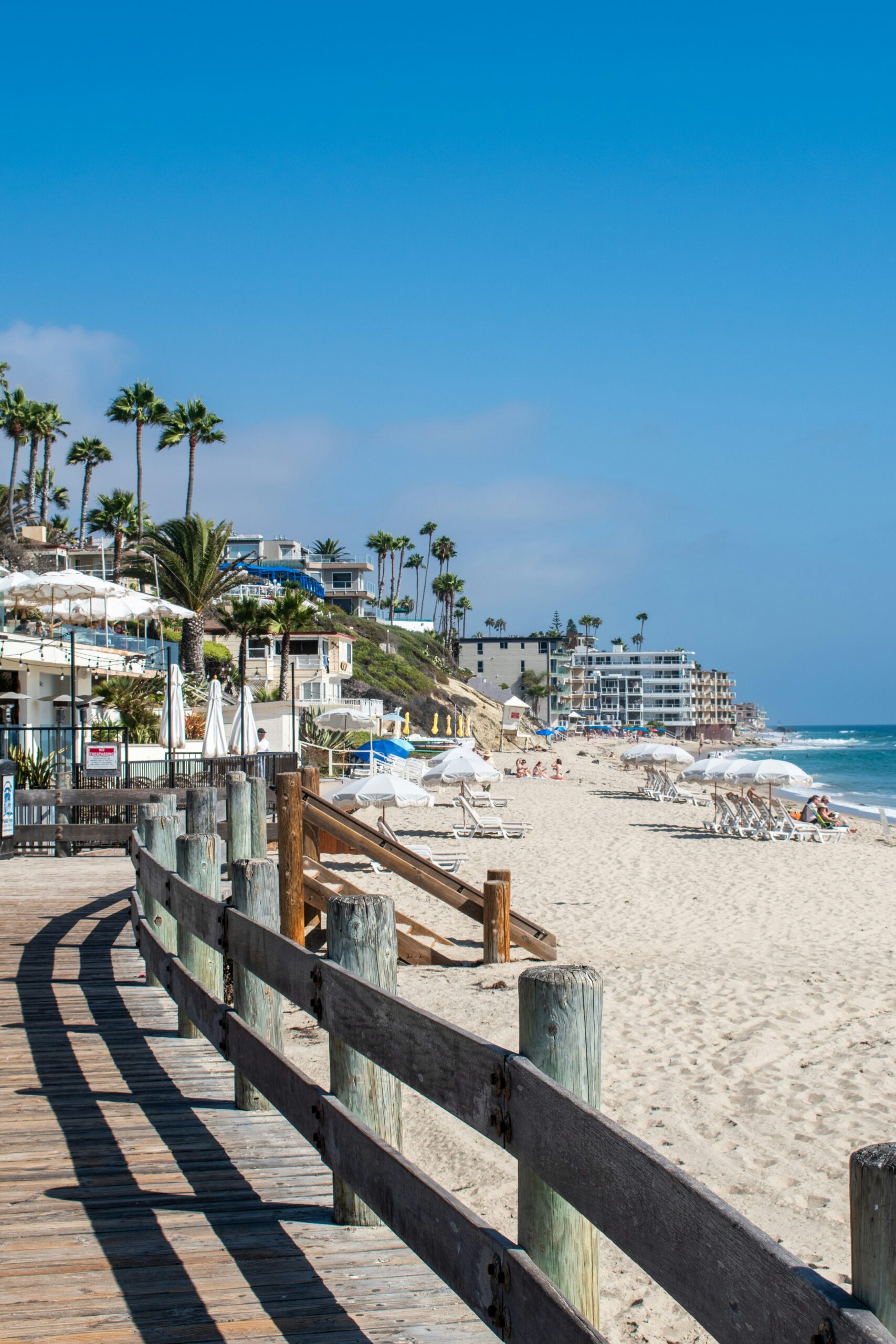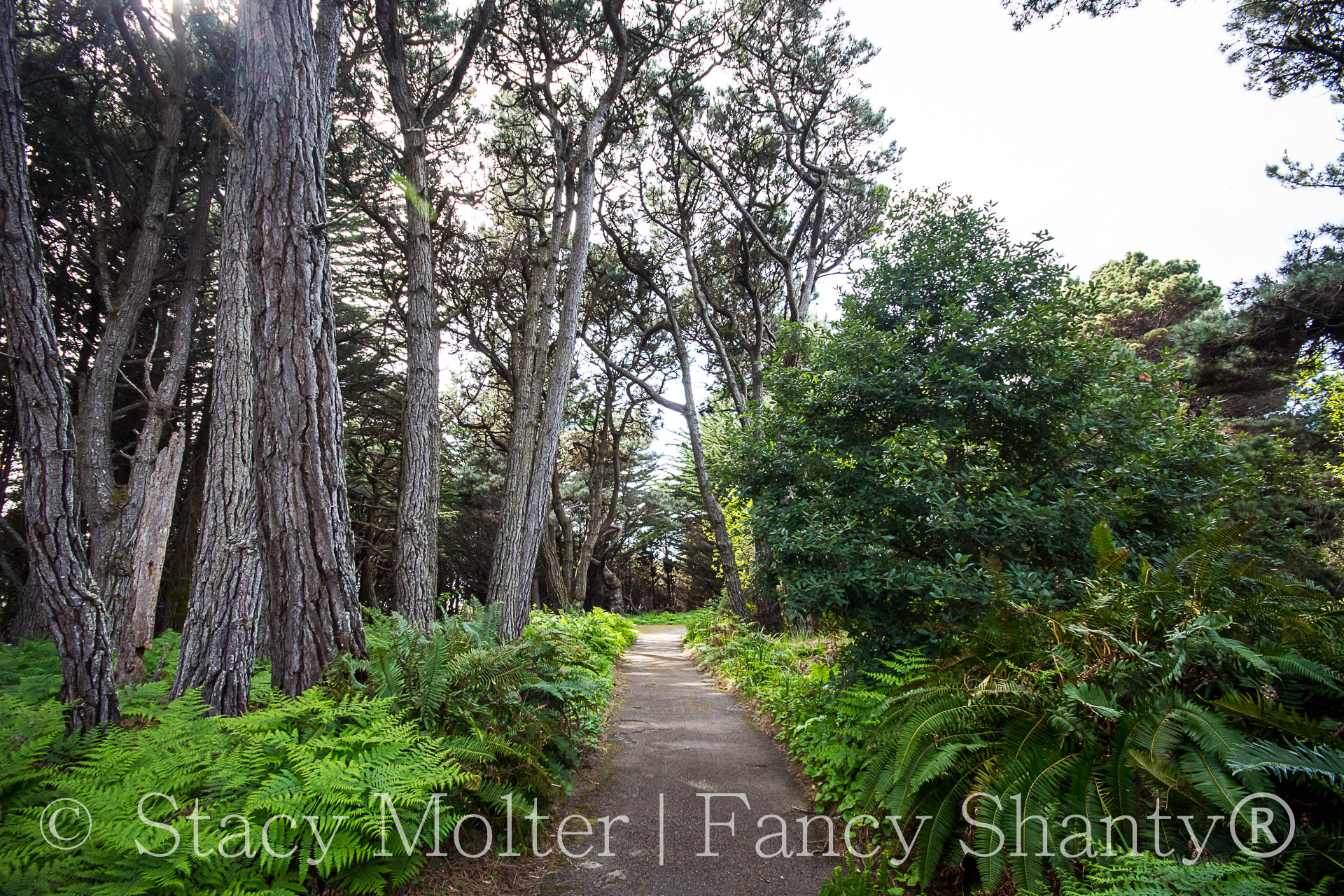Top California Destinations to See Wild Horses: Must-Visit Spots for Wildlife Enthusiasts
Wild horses still roam free in several remote regions across California, offering a glimpse into the state's untamed natural heritage. Visitors can find them in areas such as Modoc National Forest's Devil's Garden Plateau Wild Horse Territory, where these animals graze across open landscapes and forested plateaus. The Twin Peaks Herd Management Area in Lassen County is also known for its herds of wild horses, along with wild burros and other wildlife.
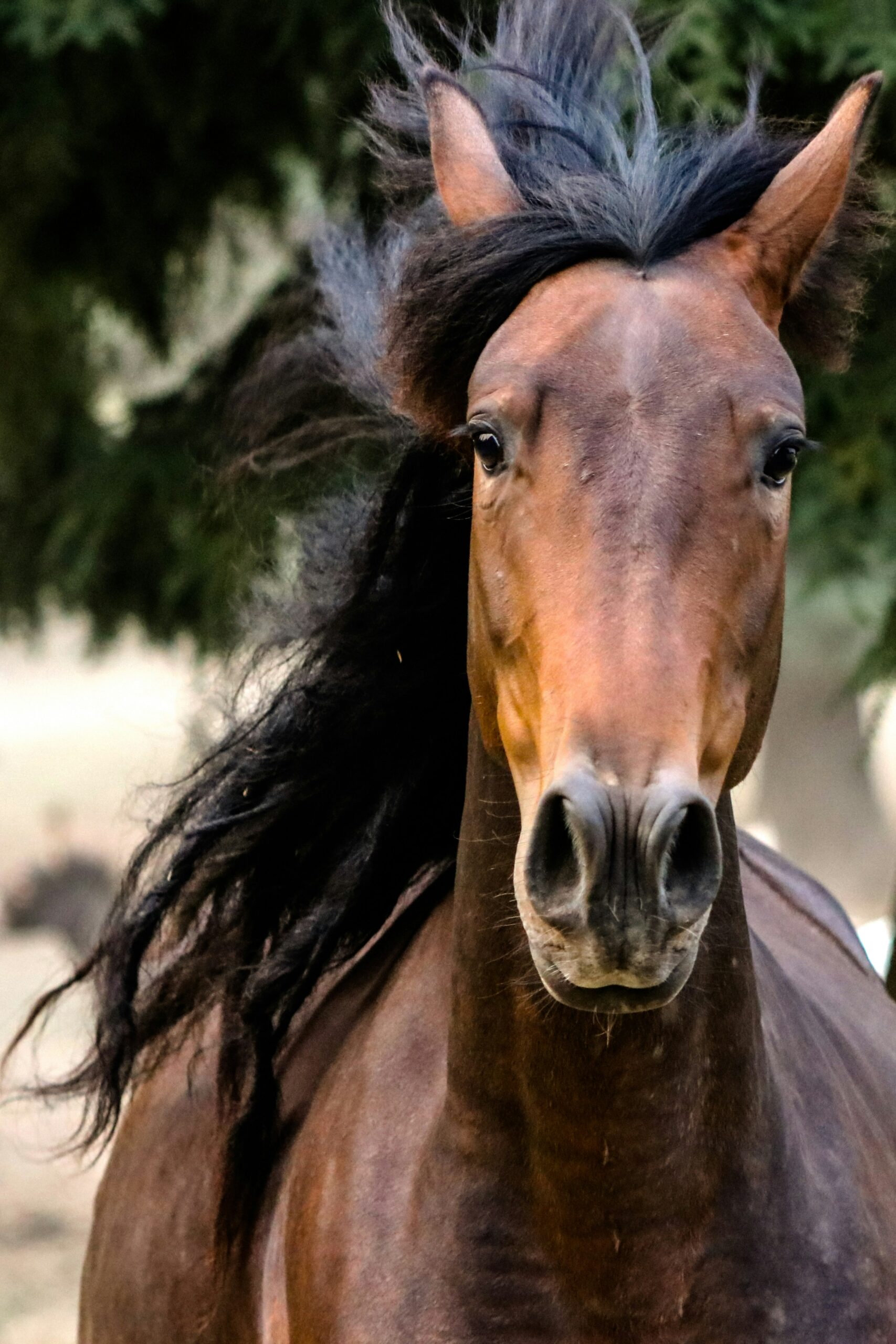
Exploring these locations provides a rare opportunity to witness wild horses in their natural environment. California's wild herds are primarily found in the northern and eastern parts of the state, where vast public lands preserve their habitat. For those interested in unique wildlife experiences, these regions continue to offer an authentic look at wild horse populations today.
Top California Destinations to See Wild Horses: Must-Visit Spots for Wildlife Enthusiasts
Where to See Wild Horses in California
California is home to several places where visitors can observe truly wild horses roaming free. Each location offers a unique setting, from rugged public lands managed by the Bureau of Land Management (BLM) to conservation-focused sanctuaries.
Devil’s Garden Plateau Wild Horse Territory
The Devil’s Garden Plateau Wild Horse Territory is located in the Modoc National Forest in northeastern California. It covers nearly 258,000 acres of forest, rangeland, and open meadows, providing essential habitat for one of the state’s largest wild horse populations.
Visitors often spot herds grazing on the plateau or moving through stands of pine and sagebrush. The area is managed by the U.S. Forest Service, with a focus on balancing herd preservation and ecological health.
Devil's Garden is popular because of easier wild horse viewing and opportunities for photography, hiking, and even adoption through special programs. The site is also known for its efforts to maintain free-roaming wild horses and protect delicate habitats.
Twin Peaks Herd Management Area
Stretching across Lassen County in Northern California and neighboring Washoe County, Nevada, the Twin Peaks Herd Management Area (HMA) is the largest BLM-managed wild horse territory in California. It covers roughly 798,000 acres of rugged mountains, valleys, and broad open spaces.
The HMA supports a diverse mix of mustangs, including black, chestnut, pinto, and Appaloosa horses. The varied landscape of sagebrush flats, forested hills, and seasonal streams creates ideal conditions for wild herds.
Wild burros and mules are also present here, adding to the wild equine diversity. Twin Peaks HMA offers one of California’s best chances to observe wild horses in their natural environment, especially in spring and early summer.
Return to Freedom Wild Horse Sanctuary
Return to Freedom Wild Horse Conservation is a private sanctuary focused on the preservation of wild mustangs and burros. Located on the Central Coast near Lompoc, this sanctuary provides refuge for herds rescued from public land roundups.
The sanctuary operates guided tours and educational programs that let visitors learn about mustang behavior, history, and holistic management. Unlike public lands, horses here receive lifelong protection from roundups and removals.
Return to Freedom collaborates with public agencies and raises awareness about wild horse conservation. For those seeking close-up experiences with mustangs in a controlled setting, the Return to Freedom sanctuary is an important destination.
Other Notable Locations for Wild Mustangs
In addition to the major sites above, California has several other places where wild horses may be seen. Areas near Mono Lake and the Montgomery Pass Wild Horse Territory straddle the California-Nevada border, covering tens of thousands of acres.
Some herds can occasionally be observed in the Inyo National Forest and along remote stretches of the eastern Sierra foothills. While these regions may not have dedicated herd management areas like Twin Peaks, they support smaller, long-established populations.
Public lands managed by the BLM or Forest Service remain the best places to spot free-roaming mustangs. Check current land access conditions and herd movement patterns before you visit, as herds may roam over large distances year-round.
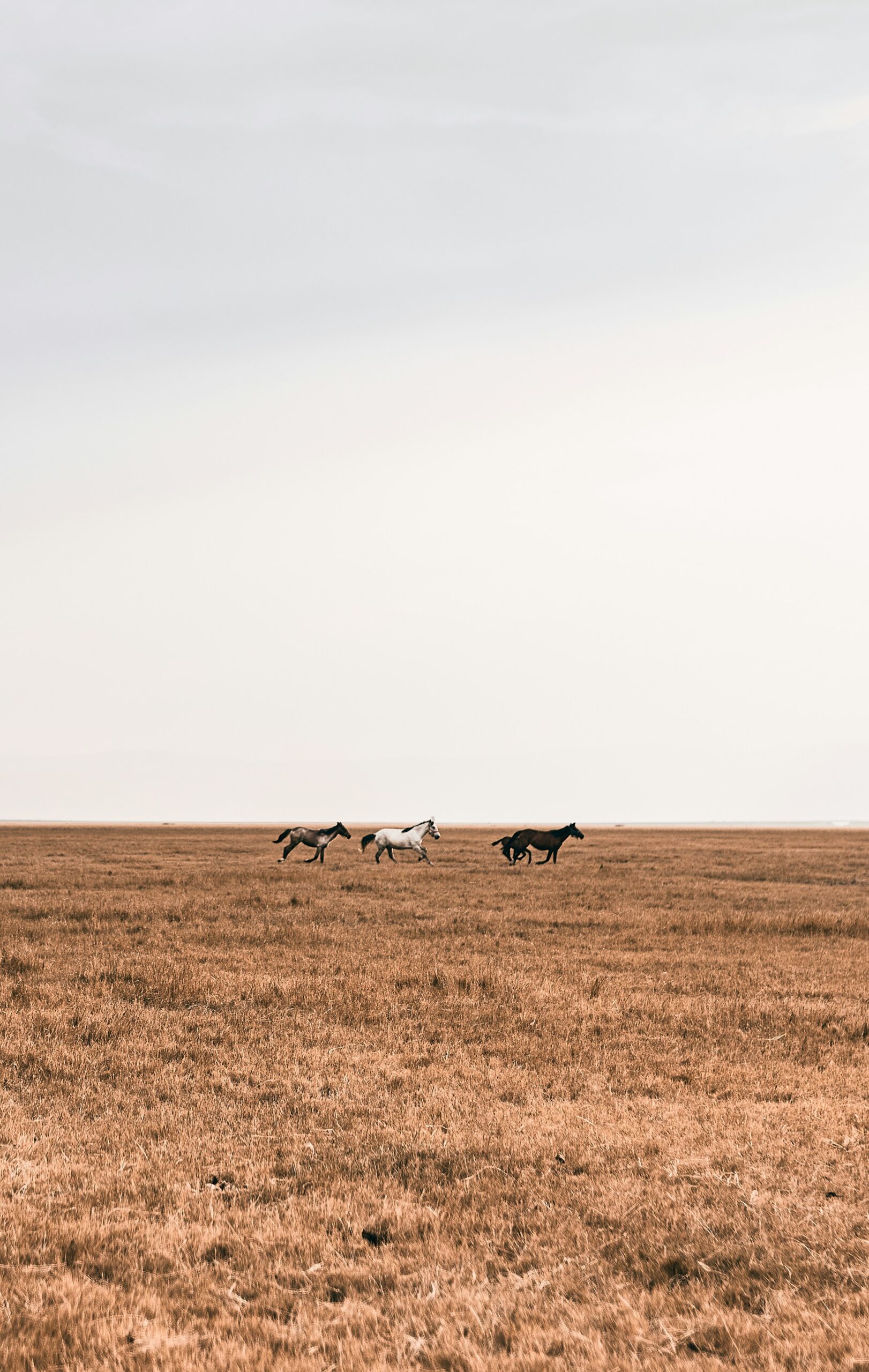
Wild Horse Conservation and Management
Wild horses remain a symbol of the American West, but their future depends on active management and coordinated conservation efforts. In California, government agencies, sanctuaries, and advocacy groups play distinct roles in maintaining populations and balancing ecosystem impacts.
The Role of the Bureau of Land Management
The Bureau of Land Management (BLM) leads the federal effort to manage wild horse populations on public lands in California. It oversees 21 designated Horse Management Areas (HMAs) across the state, each with set population targets to ensure herds do not exceed what the land can support.
Key tasks by the BLM include population monitoring, removal of excess horses through gathers, and periodic fertility control programs. The agency works within legal frameworks such as the Wild Free-Roaming Horses and Burros Act. These measures aim to keep wild horse herds healthy and reduce overgrazing of the natural habitat.
The BLM collaborates with local communities, non-profits, and sanctuaries to improve wild horse conservation and further reduce risks of extinction. This federal oversight is essential to maintain both ecosystem stability and the welfare of wild horses in California’s rangelands. More information about the BLM’s responsibilities and horse management strategy in California is available through the Bureau of Land Management.
Horse Population Trends in California
California’s wild horse population fluctuates each year, with periodic surveys conducted by the BLM to estimate herd numbers. In recent years, wild horse numbers in certain HMAs have sometimes surpassed recommended limits, leading to increased management interventions.
Table: Recent Population Trends in Select California HMAs
| HMA Name | Estimated Population | Appropriate Management Level (AML) |
|---|---|---|
| Twin Peaks | 1,800 | 448-758 |
| Fort Sage | 600 | 77-128 |
| High Rock | 300 | 75-120 |
Population controls, like darting mares with fertility medications or relocating excess horses, are implemented when required. Conservation groups and sanctuaries, such as Return to Freedom, often provide sanctuary to horses removed from the wild, helping to prevent overcrowding and protect rare bloodlines.
Challenges Facing Wild Horse Herds
Wild horse herds in California encounter several ongoing challenges. Overpopulation in certain areas can lead to overgrazing, which threatens both the horses’ food sources and the broader ecosystem.
Other threats include drought, loss of habitat due to development, and competition for water and forage with livestock. As herd numbers rise, so do the risks of poor health, starvation, and conflicts with local agriculture.
Conservation and management efforts must address these issues to prevent further strain on ecosystems and the potential extinction of unique wild horse populations. Collaborative work by the BLM, sanctuaries, and advocacy organizations supports long-term solutions and the continued presence of wild horses in California. Some sanctuaries, such as Montgomery Creek Ranch, focus on providing safe refuge for displaced horses and promoting responsible stewardship.
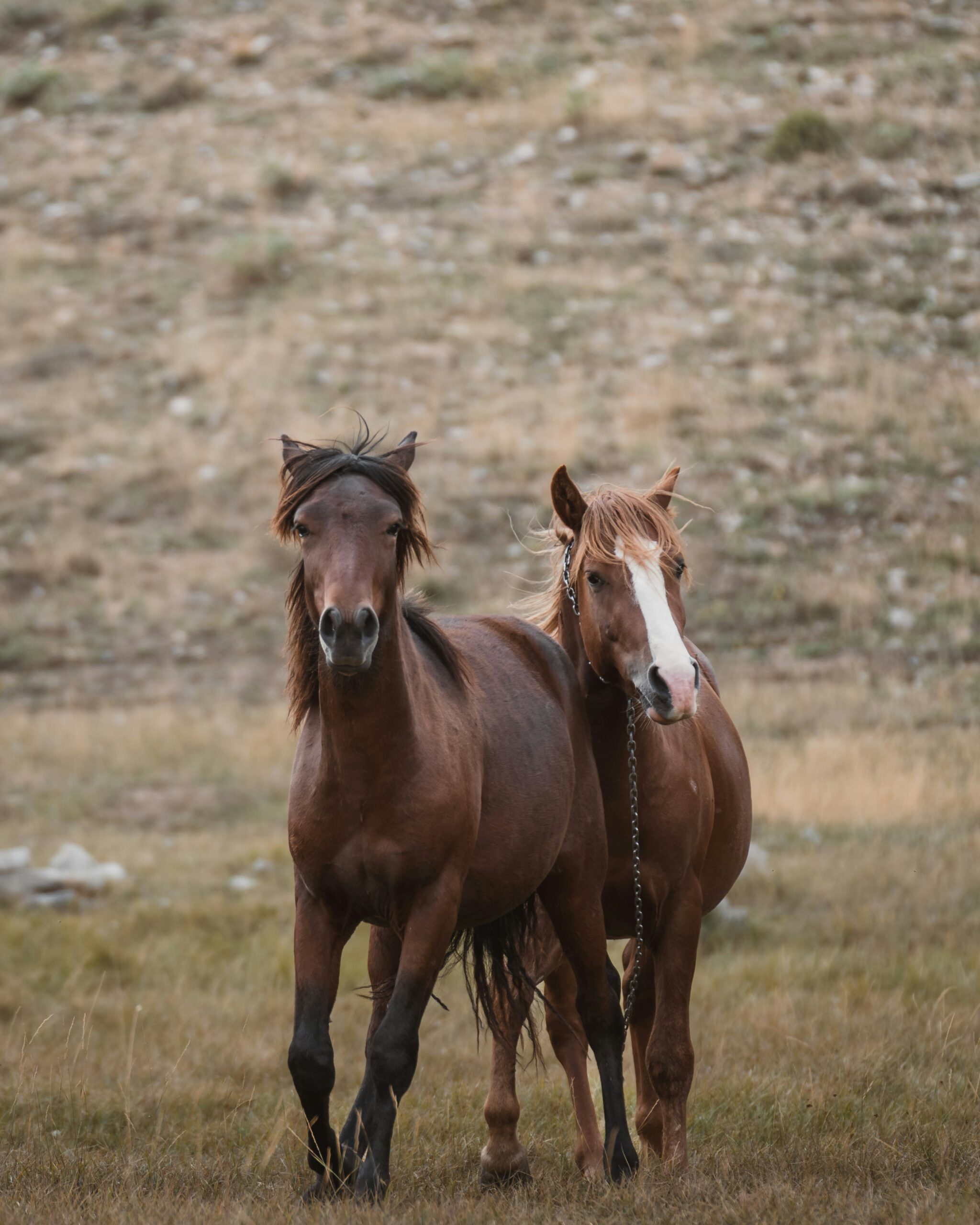
Experience and Protect California’s Wild Horses
Seeing wild horses in their natural environment provides a unique chance to appreciate their beauty, social dynamics, and importance to local ecosystems. Visitors can explore dedicated habitats, learn about ethical viewing, and support long-term conservation through various programs.
Best Times and Ways to Visit
Wild horses can be viewed year-round in areas such as the Devil's Garden Plateau Wild Horse Territory within Modoc National Forest, where family bands roam the open landscape. Spring and early summer are often ideal, with mild weather and active foals making sightings more frequent.
Visitors may join guided private tours, participate in photo safaris, or attend scheduled walks at sanctuaries. For example, Return to Freedom Wild Horse Conservation offers opportunities to move quietly among free-roaming horses and observe natural herd behavior up close.
Certain sanctuaries, like Montgomery Creek Ranch, arrange events for small groups and photographers aiming to witness the horses in their family bands, without disturbing them. Advance reservations are typically required, and event schedules vary by location.
Responsible Viewing and Ethics
Wild horses are sensitive to human presence, especially when approached on foot or by vehicle. Maintaining a safe distance is essential to avoid disrupting their interactions or causing stress, particularly to mares and young foals.
Visitors should use binoculars or cameras with zoom lenses to observe herd behavior, including grazing, play, and interactions among natural family bands. Feeding or attempting to touch horses is discouraged, as it can alter their habits and put both people and animals at risk.
Ethical sanctuaries often provide clear guidelines before every tour, focusing on minimizing impact. Educating the public about respectful observation is a priority at non-profit organizations like Return to Freedom, fostering a greater appreciation for these animals while prioritizing their welfare.
Non-Profits and Adoption Programs
Many non-profit organizations are dedicated to safeguarding wild horse populations, promoting responsible viewing, and providing lifelong sanctuary for rescued horses. Some groups offer adoption programs that allow individuals to give a permanent home to previously free-roaming horses in need.
Organizations such as Montgomery Creek Ranch rescue horses and burros at risk of slaughter and facilitate public education. Others, including Return to Freedom, focus on advocacy, habitat preservation, and herd management.
Adoption programs may involve background checks, training, and ongoing support for new owners. Family and individual volunteers can participate in educational tours, fundraising, or hands-on service to support wild horses and ensure their future in California.
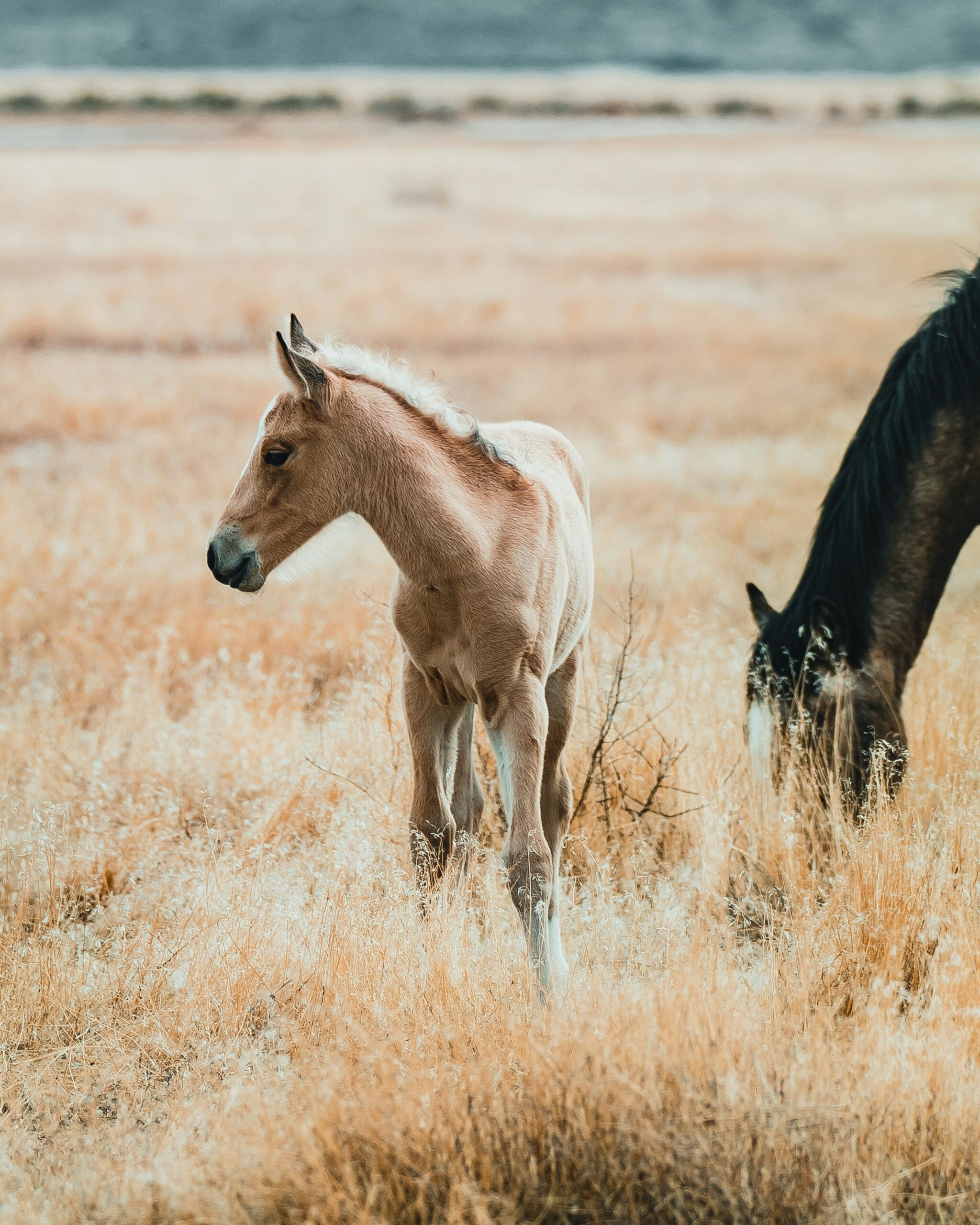
Other Wild Horse Sites in North America
Wild horses are found across several states and regions, each known for unique landscapes and horse populations. Many of these sites have developed their own cultures and traditions surrounding the care and viewing of wild horses.
Noteworthy Locations Outside California
Nevada is home to the largest wild horse population in the United States. The Virginia Range, near Reno, is famous for its mustangs, offering frequent sightings not far from urban areas. Wyoming’s Red Desert and Sand Wash Basin in Colorado also support sizable herds.
The Salt River in Arizona’s Tonto National Forest attracts visitors hoping to spot wild horses along the water and in shaded canyon areas. Utah has several managed herds, especially in the Dugway and Pony Express regions, where you might see not only horses but also wild burros.
Montana and Wyoming share the rugged Pryor Mountains, which host the well-known Pryor Mountain mustangs. North Dakota’s Theodore Roosevelt National Park is another highlight, with horses visible among the park’s badlands. Oregon is notable for the Kiger mustangs, especially in the Steens Mountain and Kiger Management Areas.
Below is a table of prominent wild horse locations outside California:
| State/Region | Key Herd Areas | Distinct Feature |
|---|---|---|
| Nevada | Virginia Range | Largest wild horse population |
| Arizona | Salt River, Tonto National Forest | Horses near waterways |
| Wyoming | Red Desert | Expansive open range |
| Colorado | Sand Wash Basin, Spring Creek Basin | Dense herds |
| Montana/Wyoming | Pryor Mountains | Pryor Mountain mustangs |
| Oregon | Steens Mountain, Kiger area | Kiger mustangs |
| Utah | Dugway, Pony Express region | Mustangs, burros |
| North Dakota | Theodore Roosevelt National Park | Herds in national park |
Distinct Wild Horse Populations
Many regions are recognized for specific wild horse populations with unique genetics or cultural ties. The Kiger mustangs of Oregon are valued for their close resemblance to Spanish horses, with their dun coloring and primitive markings.
On the East Coast, the Outer Banks of North Carolina are famous for the Corolla and Ocracoke wild horses, believed to descend from Spanish breeds brought centuries ago. Additionally, Assateague Island, spanning Maryland and Virginia, is home to the celebrated Chincoteague ponies, known for their annual pony penning event.
The Virginia Range in Nevada and the Sand Wash Basin in Colorado attract photographers due to the diversity of coats and herd dynamics seen there. Spring Creek Basin in Colorado and Idaho’s herd areas provide important wild spaces for these animals, while wild burros are often seen mingling with horses, especially in the deserts of Nevada and Arizona.
Wild horses in North America live in a mosaic of habitats, from mountainous plateaus and salt riverbeds to coastal dunes. Each population faces different management challenges but continues to capture public interest as living symbols of the open range.



